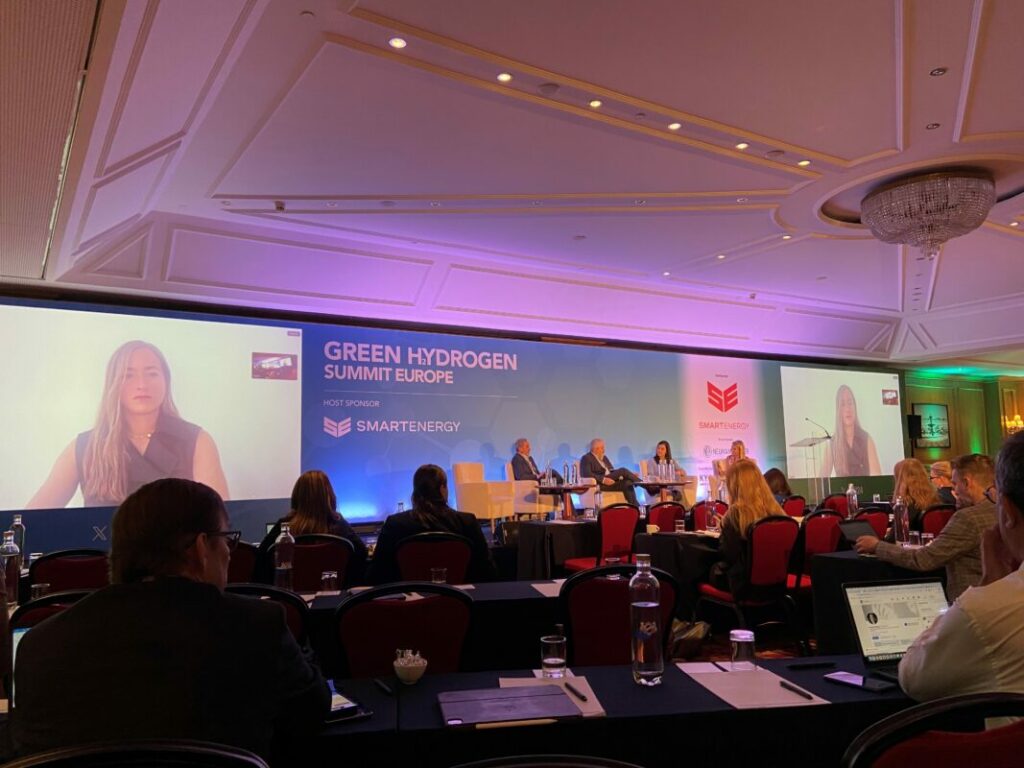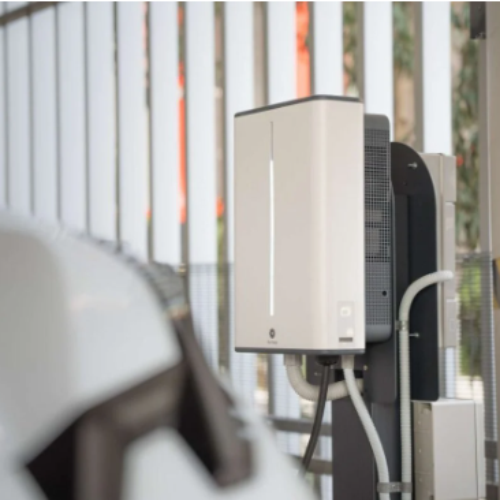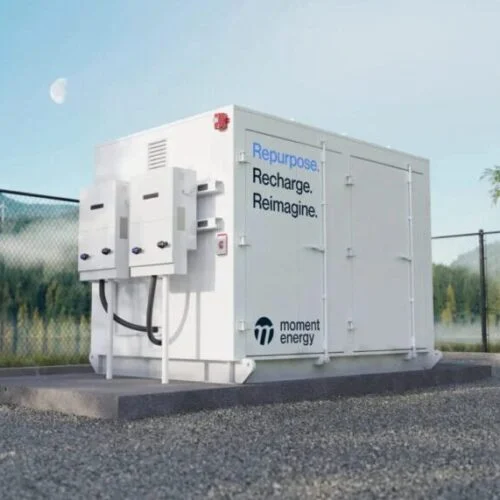“We have a chicken and egg problem. We have hydrogen but not the infrastructure to transport it economically,” said Alejandra Pérez-Plá, regional manager – Mediterranean at financial advisory firm Global Capital Finance.
Speaking on Day Two of Solar Media’s Green Hydrogen Summit EU 2024, Pérez-Plá explained that a hydrogen market is already being used. However, infrastructure, such as pipelines, is lacking, meaning green hydrogen cannot be transported to areas of demand cost-effectively.
This aspect of the value chain is crucial, with Pérez-Plá stating that “hydrogen must maintain its competitiveness pricewise”.
The panel discussion, dubbed Bridging Continents: Is Green Hydrogen Export Viable from South America to Iberia, also explored the most viable method of connecting the European hydrogen market to South America: shipping and ammonia conversion.
As explored in yesterday’s Summit coverage (17 April), one primary way of shipping green hydrogen overseas is via ammonia conversion. However, this can prove costly due to the ‘cracking’ process of bringing ammonia back into green hydrogen upon arrival at a port.
To support this, port infrastructure must be readily available. As Estela Hernandez, H2 project lead at solar developer Fotowatio Renewable Ventures (FRV), explained, the focus needs to be on selecting ports with sufficient infrastructure for hydrogen and ammonia.
“There’s still a lot of hype around hydrogen; everyone wants it, and we focus a lot, especially in the energy sector, on where cheap energy is. However, the port you want to export from is key, and you must ensure the port has sufficient infrastructure. You need to be sure you can export it with no issues with costs,” Hernandez said.
Additionally, Jorge Moreno, partner at Inodu, an energy and sustainability consultancy, stated that the “port infrastructure is already available as we already export ammonia for explosives”.
South America’s hydrogen potential could see the region become a key exporter to Europe
As many readers may know, South America has significant renewable generation potential. In 2022, the region neared 315GW of renewable generation capacity, and with a lower population than Europe, there is a significant opportunity to harness excess green energy to produce clean hydrogen. As such, South America is being touted as a vital exporter of the clean energy carrier, particularly to the EU.
Due to excess renewable generation, the cost of producing green hydrogen will be much lower than in Europe. Discussing this topic, Pérez-Plá said: “There will be trade between the EU and South America as long as Europe cannot produce hydrogen at prices as good as South America.”
The question of hydrogen production costs remains a vast conversation across the industry. South America will be able to generate cheaper green hydrogen than Europe due to the bountiful access to renewable electricity that can be used to power electrolysers.
“75% of hydrogen production is energy costs,” Moreno said. With this in mind, green energy becomes cheaper as more renewables are connected to the South American grid. Therefore, green hydrogen from the region could become an attractive proposition for Europe should transportation and cracking costs remain low.






